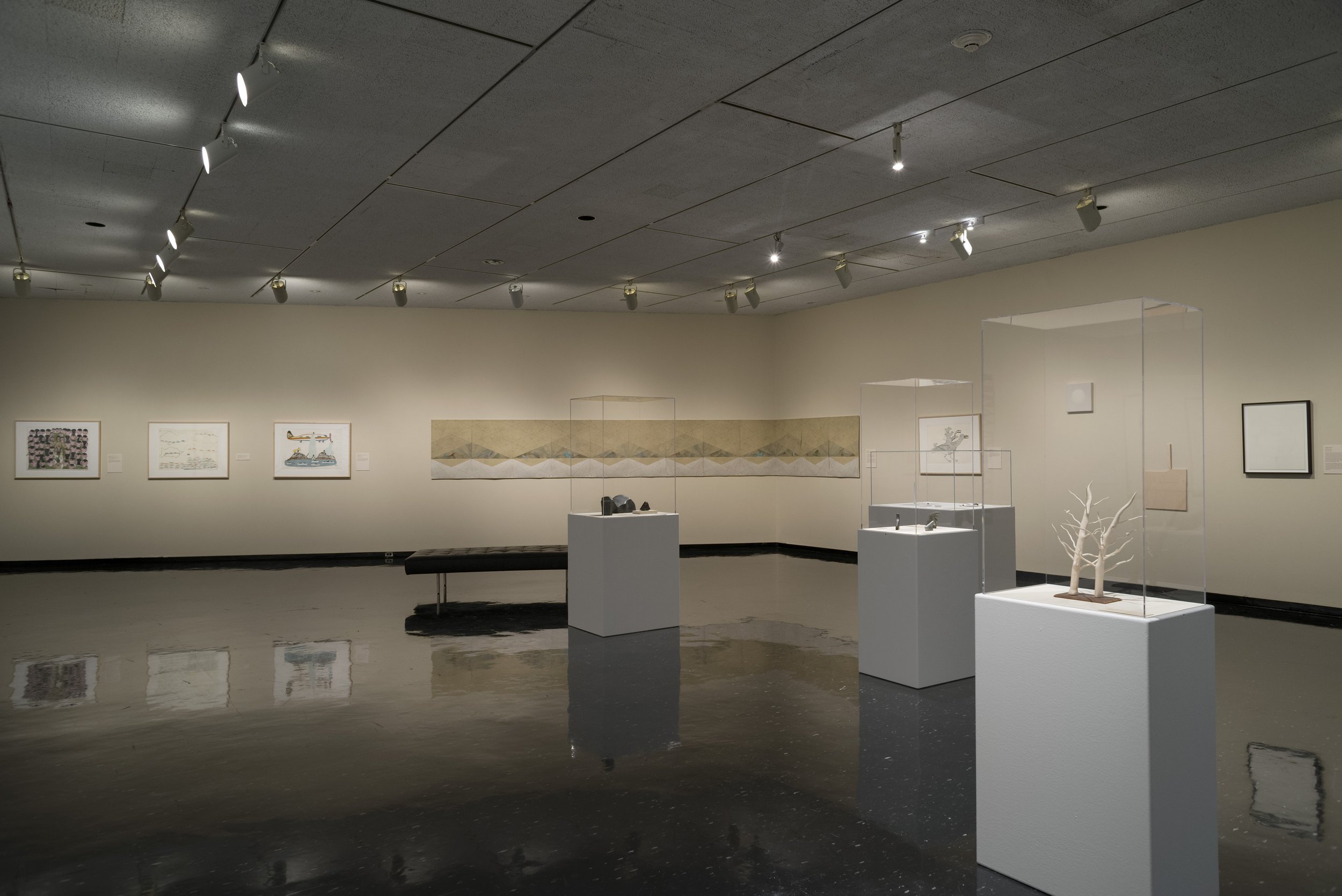This series of prints takes as a starting point the Mercator map projection which was invented in 1569 for the construction of sailing charts. Its main feature was that it stretches all meridians (the lines of longitude) parallel to each other instead of coming together at the poles. It became the standard for nautical purposes because a course of constant bearing is represented as a straight line on the map. This line, called a rhumb line, crosses all meridians of longitude at the same angle and can be seen criss-crossing these old maps. These lines, often coming together at a destination port reminded me of basic one point perspective drawings, in turn seeing a different type of landscape within the flat map.
Despite its very specific use, this projection became common for general use world maps. Even though it is very misleading, it remains a ubiquitous view of our world. The main faults being that as you move away from the Equator, the size and shape of the continents represented become heavily distorted. Scale increases exponentially as you move with latitude so much so that there is never room to show the high Arctic or inland Antarctica. The poles themselves would have to be represented by a line of infinite distance; a scale of 1:∞. This idea of an infinite North intrigues me as the Arctic already has another worldly mystique to it.





